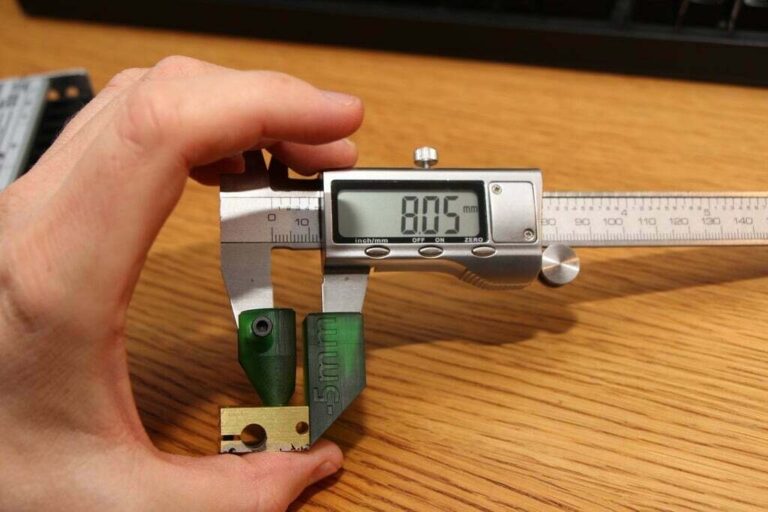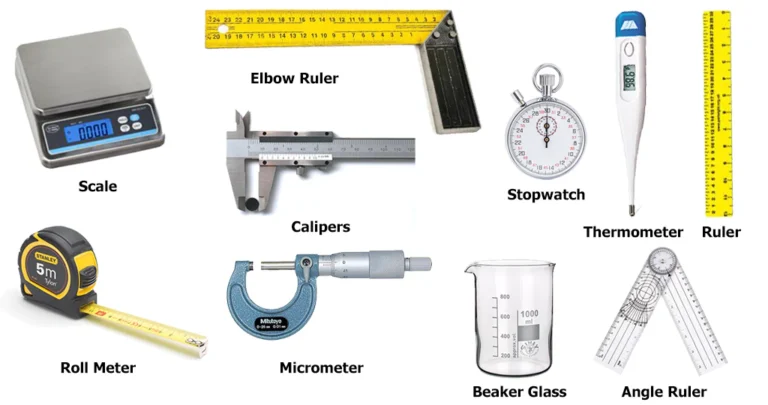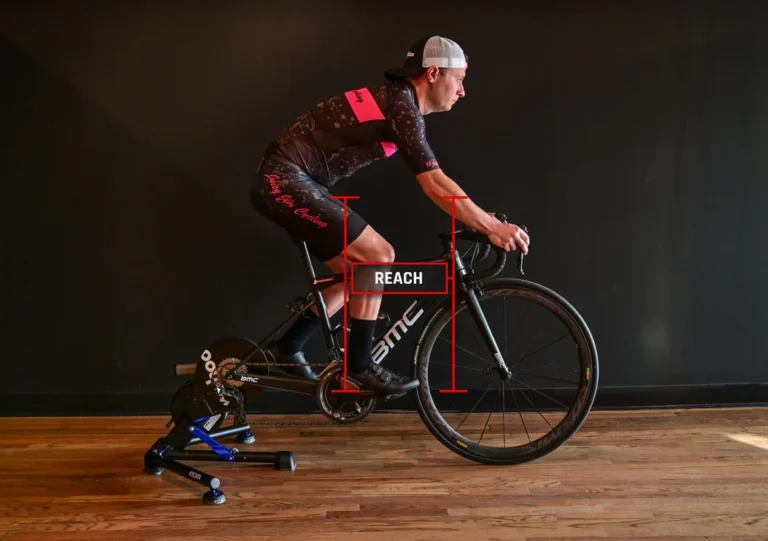The Importance of Accurate Ring Measurement
In the process of buying jeweler, accurate ring measurement is crucial. This applies for individuals who are buying new jeweler pieces, customizing a design or resizing a previous ring. A precise measuring procedure is relevant in terms of comfort and aesthetics. The following comprehensive guide discusses various ways to measure your ring size, ring sizing charts, complicated details and useful insights that guarantee an ideal fit.
Why Accurate Measurement Matters
Comfort and Fit: A correctly fitting ring is essential for comfort.Which could make it feel like an extension of your hand if sized properly. If it is too tight, it can hurt or cut off the circulation of blood; while a loose one may slip off or get stuck to certain things and you might want to remove it at times.Aesthetic Considerations: The size of a ring can have a huge effect on its look. A well-sized ring improves how it looks, but a bad fitting one spoils the design and beauty altogether. When sized correctly, the design and proportions of the ring are optimised.
Resizing and Customization: If a ring needs resizing, accurate measurements are essential to ensure the new size is just right. For custom designs, providing precise measurements helps jewellers create a piece that fits perfectly from the start.
Discomfort and Practical Issues: ill-fitting rings may cause skin irritation, make it difficult to remove the ring as well as an overall uncomfortable wearing experience.
The Chance of Losing the Ring: A loose ring can fall off easily, especially when doing some activities in a day to day life. On the other hand, tight rings may be difficult to remove during emergencies.
Financial Implications of Getting the Wrong Size: If you get the size wrong it will incur additional costs on resizing or buying a new one. To save money and avoid resizing problems, it is important that accurate sizes are taken at first instance.
Methods of Ring Measurement
What are the Different Types of Ring Sizers: There are many forms of sizing tools for rings that one can buy today such as in plastic, metal or digital type. However, even though these types have the same aim at heart they differ on features and accuracy levels.
Plastic Ring Sizers: These are often available for free or at a low cost. They come in a set of different sizes and are useful for a quick, at-home measurement.In some cases, plastic can show less accuracy because of its degeneration.
Metal Ring Sizers: Generally employed by jewellers, these metal sizing tools are much stronger than plastic ones. They provide a more precise and formal methodology while determining the size of rings.
Digital Ring Sizers: These modern tools use electronic measurements to provide precise ring sizes. They often come with additional features like converting sizes between different international systems.
How to Use a Ring Sizer
Choose the Right Size: Pick an individual ring sizer that is nearest to your suspected sizeor else grab a smaller set of sizes within reach
Put the Ring Sizer On Your Finger: Start from the smallest one and go until you can feel that it fits exactly without feeling loose.
Check Whether it Fits: This should pass through the knuckle, although there should be slight tightness but not much, otherwise it will not work properly.
Record the Size: Note the size that feels comfortable and secure.
Advantages and Limitations: Ring sizers are convenient and relatively accurate but can be affected by factors like temperature and finger swelling. They may not always account for the unique shape or width of certain ring bands.
How to Use a String or Paper Strip:
Wrap the String or Paper Strip Around Your Finger: Ensure it’s snug but not tight.
Mark the Overlapping Point: Use a pen to mark where the string or paper strip overlaps.
Measure the Length: You should use a ruler for measuring that length of string or paper tape.
Convert to Ring Size: Based on the measured length, make use of a conversion chart to identify your appropriate ring size.
Converting Measurements to Ring Size:Measure the circumference of your finger using the string or paper strip.Compare the measurement to a ring size chart, which will provide the corresponding size.
Advantages and Limitations: This method is cost-effective and straightforward but may be less accurate due to variations in string or paper strip tension and inaccuracies in measurement.
Professional Measurement Tools
Mandrel and Calipers: To measure ring sizes precisely, jewellers apply specific instruments like mandrels and callipers.
Mandrel: A mandrel is a tapered rod whereupon a ring is put. The size is determined by where the ring fits snugly on the mandrel.
Callipers: Callipers measure the internal diameter of a ring directly, providing precise measurements.
Advantages of Professional Measurements: These tools offer high accuracy and are typically used by professionals to ensure a perfect fit. They account for various factors that might affect ring size, such as band width and shape.
Print the Chart: Ensure you print the chart at actual size according to the instructions.
Place Your Ring on the Chart: Align the ring with the circles on the chart to find the size that matches.
Check for Accuracy: Make sure the ring fits precisely within the circle corresponding to the size.
Understanding Ring Size Variations:
- US and Canada Sizes are typically represented in numerical values.
- UK and Australia Sizes are denoted by letters.
- Europe and Asia Sizes are often given in millimetres of the inner circumference.
How to Convert Between Different Systems: Conversion charts are available online to translate sizes between different systems, allowing you to find the equivalent size in another country’s measurement system.
Understanding Ring Size Charts
Overview of Ring Size Charts
Ring size charts provide a standardised way to measure and compare ring sizes. They can be printable charts, online calculators, or charts specific to different regions.
Types of Charts
Printable Charts: These are typically available in PDF format and require you to print them out at actual size.
Online Calculators: These tools allow you to input measurements and get the corresponding ring size.
Regional Charts: Some charts are specific to regions, reflecting local sizing standards.
Ensure Accurate Printing: For printable charts, make sure they are printed to scale.
Match Your Measurement: Align your measurement with the corresponding size on the chart.
Consider Regional Differences: Use conversion charts if needed to match sizes across different systems.
Regional Variations in Ring Sizes
US and Canada: Sizes are usually in numerical values, ranging from 3 to 13, including half sizes.
UK and Australia: Sizes are denoted by letters, from A to Z, with additional letters for half sizes.
Europe and Asia: Sizes are based on the inner circumference in millimetres, typically ranging from 40 to 80 mm.
How to Convert Between Different Systems: Use online conversion tools or charts to translate sizes from one system to another accurately.
Customizing Ring Size Charts for Specific Needs
Adjusting for Band Width and Shape: Wider bands may require a slightly larger size to ensure comfort, while narrower bands might fit more snugly. Custom charts can account for these variations.
Account for Temperature and Finger Swelling: Fingers can swell due to heat, activity, or time of day. Measuring at different times and using an average size can help account for these fluctuations.
Practical Tips for Accurate Ring Measurement
Measuring Your Finger Correctly
Best Time of Day for Measurement: Measure your finger at the end of the day when it is at its maximum size because fingers tend to swell a little bit during the day.
Avoiding Just Common Mistakes: As both cold and warm fingers can falsely interpret size, make sure that yours are of normal temperature.e. Avoid measuring after strenuous activity or if your fingers are swollen from heat or humidity.
Using Online Tools and Apps
Review of Popular Ring Measurement Apps: Many apps offer digital ring sizing tools that can be convenient and accurate. Popular apps include:
Ring Sizer by The Jewelry App: Provides a virtual ring sizer and size conversion tools.
Ring Size Finder by QALO: Offers a simple interface to measure ring sizes using your phone’s camera.
Sizer by Gemporia: Includes various methods for measuring and converting ring sizes.
The Benefits and Disadvantages of Digital Instruments: While digital instruments are precise and useful, they must be calibrated accurately as well as have their settings adjusted correctly for maximum accuracy.
Different Types of Ring Measuring
Engagement Rings: Pay attention to both the centre stone size and band width. An engagement ring requires careful sizing to achieve perfect ring fitting.
Wedding Bands: Wedding bands tend to be more simple in design, thus adjustments may vary depending on its width and level of comfort.
Fashion Rings: For fashion rings, there can be great discrepancies among designs which necessitate measuring according to design style and intended mode of wear.
Addressing Common Difficulties
In Case Your Ring Is Either Too Loose Or Too Tight
What To Do Immediately: If your ring is too tight, never pull it out, instead turn up at specialists who will resize it appropriately.For a loose ring, consider using temporary solutions like ring guards until a permanent solution can be found.
When to Seek Professional Help: If resizing or adjustments are needed, consult a jeweller to ensure accurate and safe modifications.







